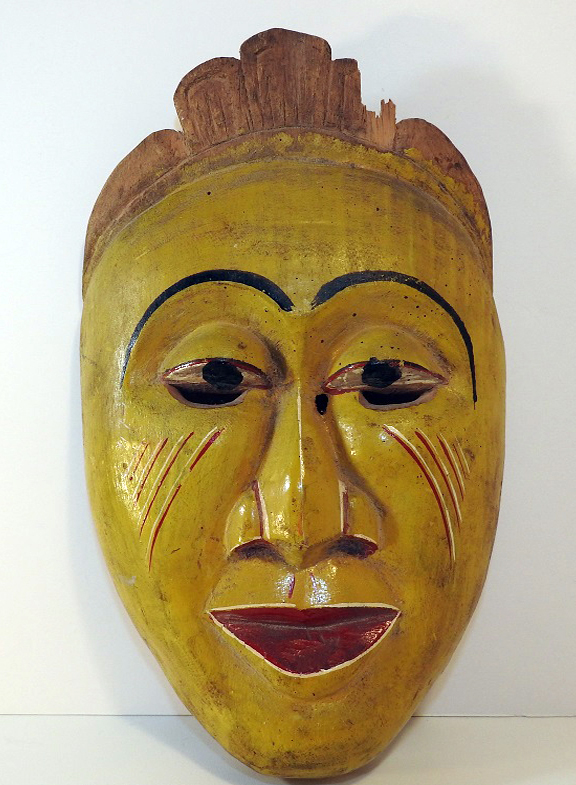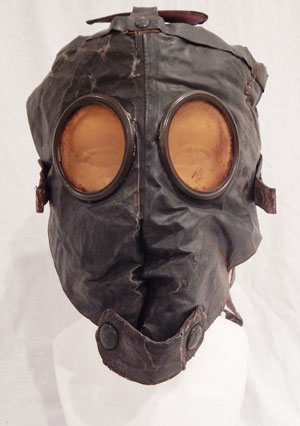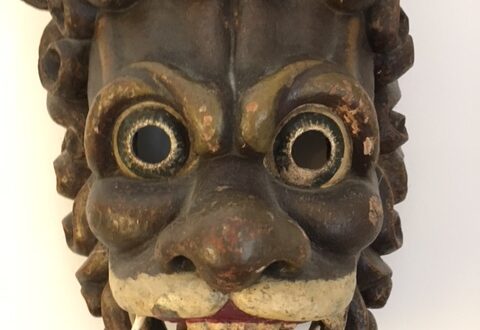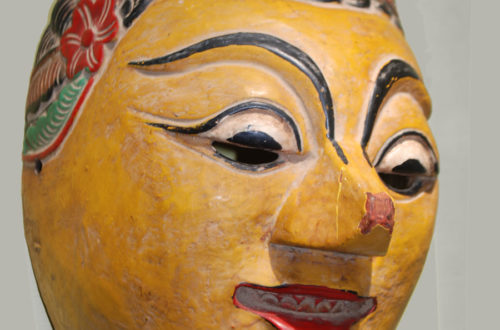 Q: I had had this mask for over 35 years. My mother-in-law gave it to me from the estate of her mother-in-law, if I remember correctly. She said it was quite old when she gave it to me 35 years ago. She thought it was a Korean mask, but she was unsure of its provenance and how or when it was acquired. Her mother in law was a interior designer from the 1930’s or so, from Santa Rosa, CA, but she traveled the world, so it could have come from anywhere. Catherine, 1771
Q: I had had this mask for over 35 years. My mother-in-law gave it to me from the estate of her mother-in-law, if I remember correctly. She said it was quite old when she gave it to me 35 years ago. She thought it was a Korean mask, but she was unsure of its provenance and how or when it was acquired. Her mother in law was a interior designer from the 1930’s or so, from Santa Rosa, CA, but she traveled the world, so it could have come from anywhere. Catherine, 1771
A: This is a Kolam mask from Sri Lanka, the largest island in the Indian Ocean. The Kolam drama has been practiced by the Tamil people for many years. The term Kolam has its origins in South India. The other ethnic group on the island is the Sinhalese, who are indigenous.
Our mask does not represent a specific individual but instead depicts a character from a masked performance, one of many personas in the ceremonial folk drama called Kolam. Many centuries old and still performed today, Kolam has three main types of characters: the supernatural, the human, and the animal. For this viewing audience, human masks often portray recognizable characters from Sri Lankan society, such as the the soldier, traveling merchant, moneylender, villager, etc. Different colors such as yellow, brown, red, black and white are used for skin color.
I’m happy to say this is an authentic Kolam mask well over 100 years old. There are some serious collectors in the world who specialize in Sri Lankan masks who will pay good money for this piece, but I hope it will go to a museum instead. A 






